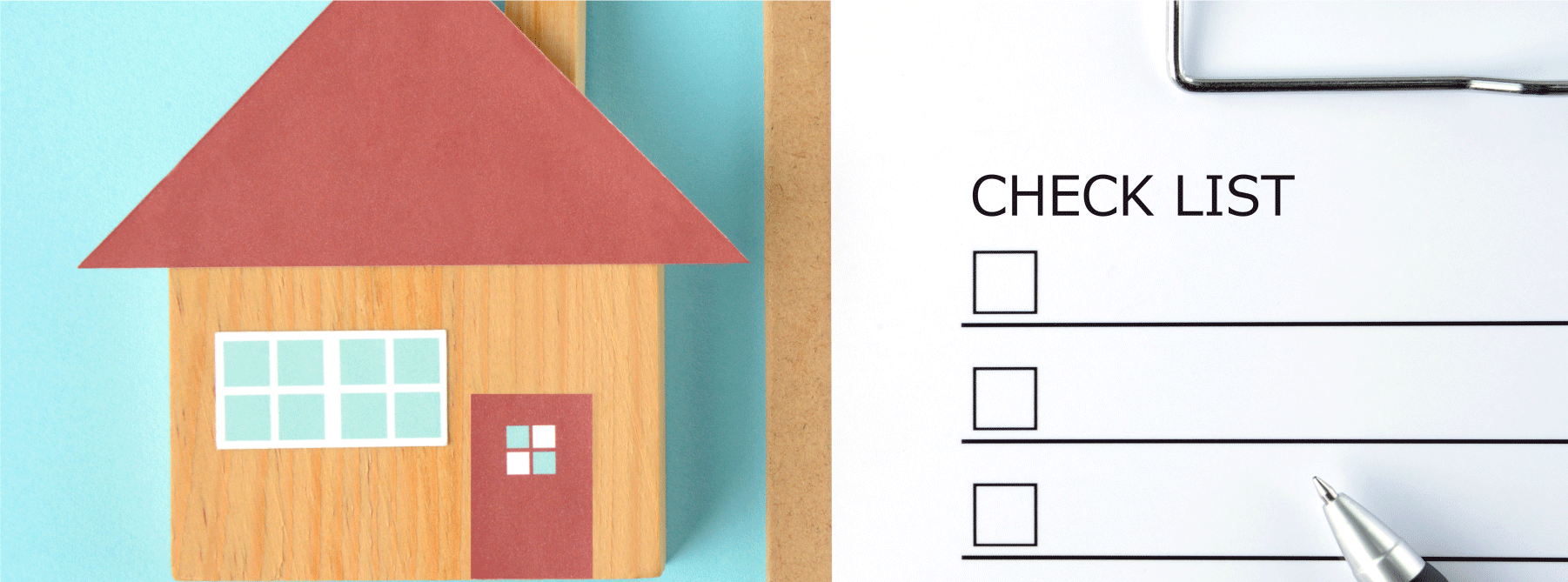
Clean lint from inside dryer vent on a daily basis or as needed
Check and clean stove hood fan filter on a monthly basis
If there is a sump pump installed, check it twice annually to ensure that it is working properly
If there is a sump pump installed, remove the cover once a year to remove any sediment that may have settled at the bottom of the sump pump pit
If there is a back flow preventer installed, check it once a year by removing the cover and unscrewing the cap to make sure that nothing is impeding the back flow preventer flap
Remove any leaves and debris from basement window wells, as needed
Register here with Sonoma Homes and stay up to date on new communities and all of the latest information from us.